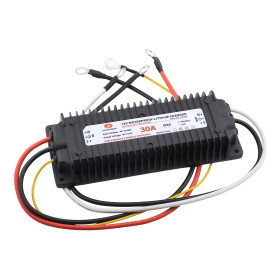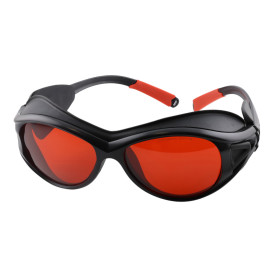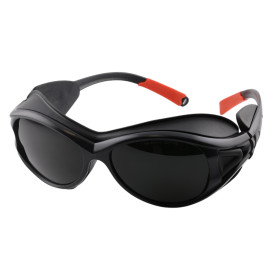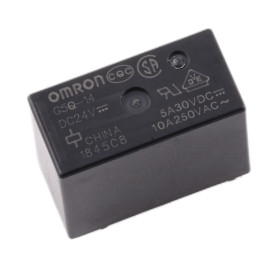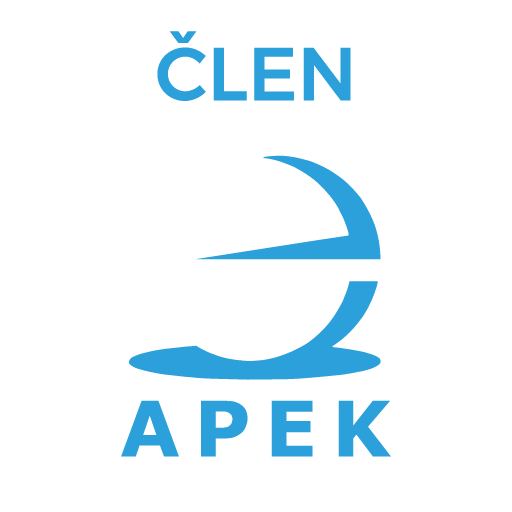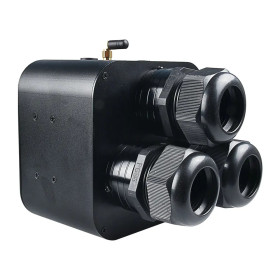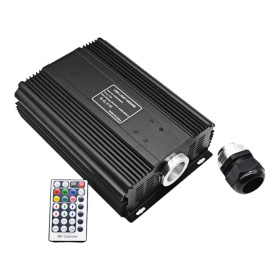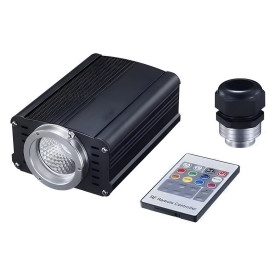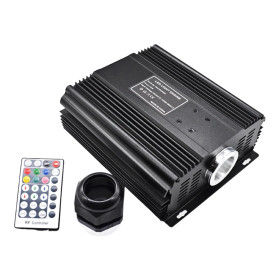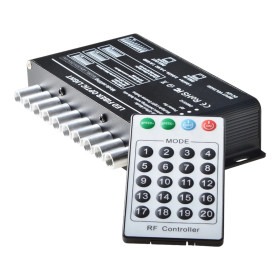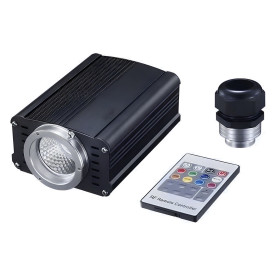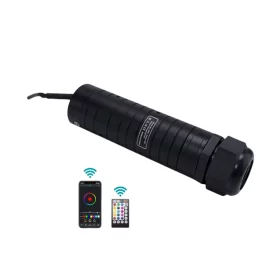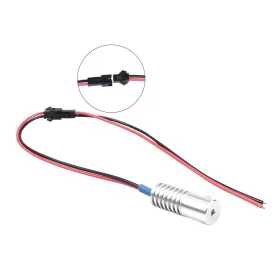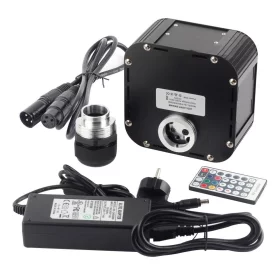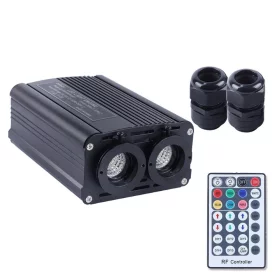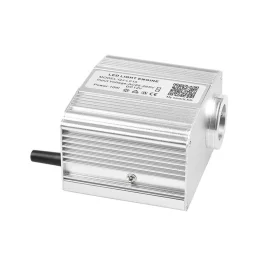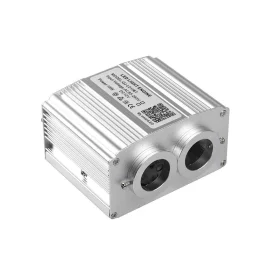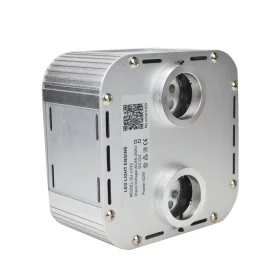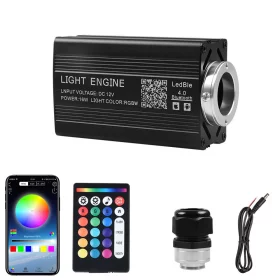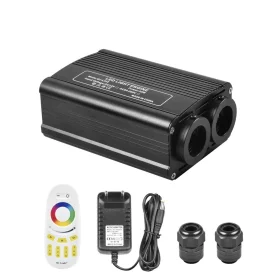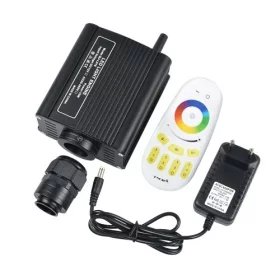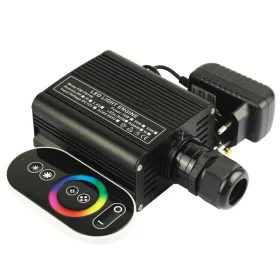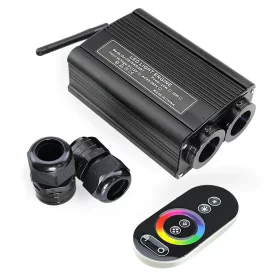Fiber Optic Engine
Top selling products in the category
There are 19 products.
LED source for starry RGB+CCT 30W, flickering, Bluetooth
In stock
RGB+CCT source for light (optical) fibers with a power of 30W with flickering function. Controlled by RF remote control or Bluetooth.
203.44 €
203.44 € without VAT
LED source for the starry sky, RGB 75W, DMX512
In stock
RGB source for light (optical) fibers with a power of 75W. DMX support
247.47 €
247.47 € without VAT
LED source for the starry sky, 30W, RGB
In stock
RGB LED source for light (optical) fibers with a power of 30W. RF remote control.
85.05 €
85.05 € without VAT
LED source for the starry sky, RGB 45W, DMX512
In stock
RGB source for light (optical) fibers with a power of 45W. DMX support
207.78 €
207.78 € without VAT
LED source for the starry sky 5W, shooting star, DMX512
In stock
LED source for light (optical) fibers with a power of 5W. Functions of shooting stars, flickering and others.. Control via DMX or RF remote control.
76.71 €
76.71 € without VAT
LED source for the starry sky, 30W, White 6000K
In stock
LED source for light (optical) fibers with a power of 30W. RF remote control.
55.03 €
55.03 € without VAT
LED source for the starry sky with Bluetooth, RGBW 6W
In stock
RGBW source for light (optical) fibers with a power of 6W. Suitable for cars. Control by RF remote control or Bluetooth.
70.70 €
70.70 € without VAT
LED source for optical fiber, 2W
In stock
RGBW source for light (optical) fibers with 32W power. RF remote control.
6.27 €
6.27 € without VAT
LED source for the starry sky, flickering, RGBW 50W, DMX512
In stock
RGBW source for light (optical) fibers with a power of 32W. DMX support
248.90 €
248.90 € without VAT
LED source for starry sky, RGBW 32W, DMX512
In stock
RGBW source for light (optical) fibers with 32W power. DMX support
129.74 €
129.74 € without VAT
Starlight LED source with Bluetooth, flickering, RGBW 10W
In stock
RGBW source for light (optical) fibers with 10W power with flicker function. RF remote control or Bluetooth control.
125.57 €
125.57 € without VAT
Starry Sky LED Source with Bluetooth, Flickering, RGBW 16W
In stock
RGBW source for light (optical) fibers with 16W power with flicker function. RF remote control or Bluetooth control.
138.54 €
138.54 € without VAT
LED starlight source with Bluetooth, flickering, RGBW 2x 32W
In stock
RGBW source for light (optical) fibers with 2x 32W power with flicker function. Controlled by RF remote control or Bluetooth.
254.07 €
254.07 € without VAT
Starlight LED source with Bluetooth, flickering, RGBW 32W
In stock
RGBW source for light (optical) fibers with 32W power with flicker function. RF remote control or Bluetooth control.
190.17 €
190.17 € without VAT
Starlight LED source with Bluetooth, RGBW 16W
In stock
RGBW source for light (optical) fibers with 16W power. RF remote control or Bluetooth.
70.70 €
70.70 € without VAT
Milight LED source for starry sky, RGBW 32W
In stock
RGBW source for light (optical) fibers with 32W power. RF remote control.
117.43 €
117.43 € without VAT
Milight LED source for starry sky, RGBW 16W
In stock
RGBW source for light (optical) fibers with 16W power. RF remote control.
75.54 €
75.54 € without VAT
LED source for starry sky, RGBW 16W
In stock
RGBW source for light (optical) fibers with 16W power. RF remote control.
69.97 €
69.97 € without VAT
LED source for starry sky, RGBW 32W
In stock
RGBW source for light (optical) fibers with 32W power. RF remote control.
111.29 €
111.29 € without VAT

